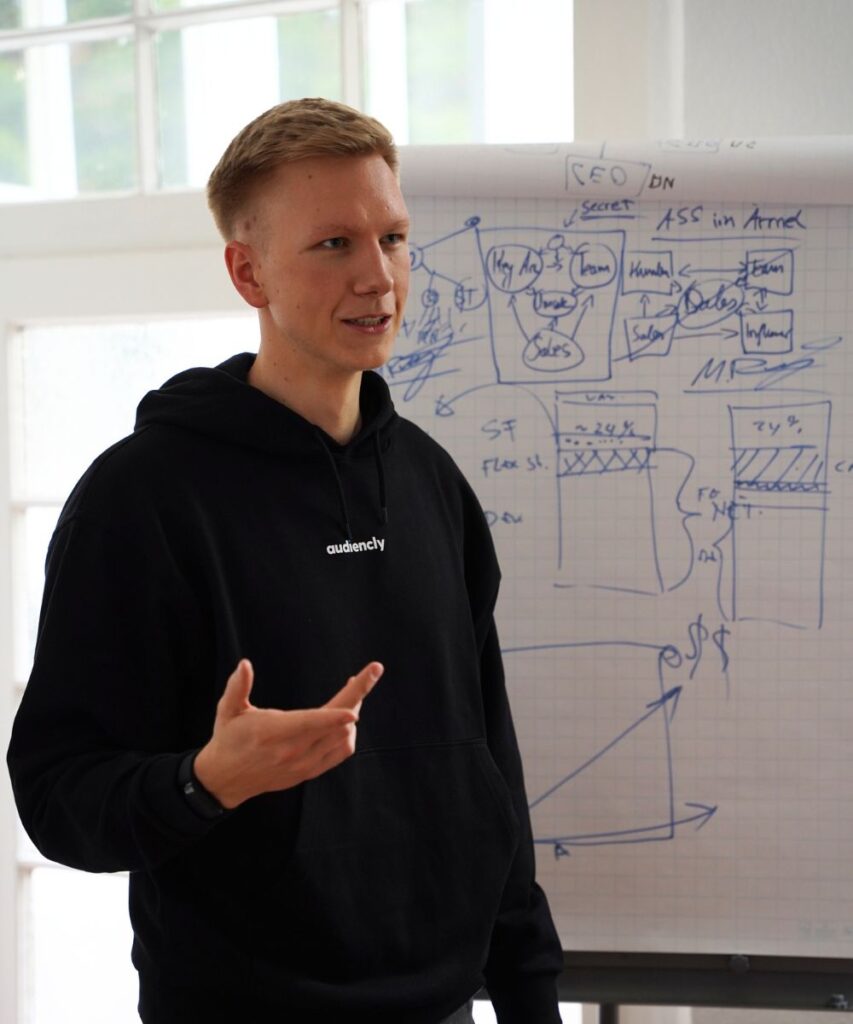Somewhere out there is the ideal user for your game. A big fan and a big spender. Loyal to the core. The problem? They don’t know your game exists. Your ideal user may not even currently play games.
It always seems more complicated than that but it’s what the game business boils down to. And as the industry starts to expand its horizons and look beyond the big-two app stores, it has never been tougher to find new users.
Basing user acquisition (UA) on programmatic advertising is dicey – it’s hard to be sure, these days, whether you’ll earn back more than you spend. Anyway, the users it drives to you all seem a bit half-hearted – they’ll give your game a go but they rarely seem to fully engage. And relying on the big-two app stores for UA is like playing a giant, unsatisfying game of Where’s Wally (Waldo), for both you and your users.

Adrian Kotowski thinks he has the answer. About nine years ago, still in school and a massive game geek, he noticed a couple of friends who were posting game play videos and getting a huge level of engagement on YouTube. That sparked an idea for a business. The company he set up a few years later aimed to connect game developers with the right audience by going via influencers.
Influencer opportunities
That company is Audiencly and Adrian is Founder of Audiencly and General Manager of Influencer Marketing services at Flexion. It has grown to be a leading influencer marketing agency and is now owned by Flexion. But the passion and the goals are exactly the same as when he started out. It’s about finding smarter ways for game developers (and others) to engage with their audiences.
“There are huge opportunities for brands,” he tells us. “Yet most don’t know about them. Using carefully selected influencers brings a personal touch to your marketing and gives you an authenticity that paid ads just cannot match.”
“There are huge opportunities for brands, but most don’t know about them”
Over the years, he has seen game after game driving installs with influencer marketing but says it gives you something above and beyond.
“It doesn’t just get you a new user for a week or a month. Users are starting with a YouTuber or Instagrammer who they already know and trust, so they arrive in a more positive frame of mind than people who have clicked a link on a banner ad. Influencers bring users who might play your game for seven or eight years.”

KPIs on the up
Data from developers Audiencly has worked with shows installs and revenue generally increasing faster than with a programmatic campaign of a similar cost. But conversion rates, longevity and reach are also all better.
But, of course, it’s not as simple as paying a bunch of YouTubers some cash and waiting for the installs to roll in. You have to find the right influencers and, between you, you have to find the right creative approach to engage the audience you’re trying to reach.
“To hit a positive ROI, it’s critical to know what works in a campaign,” says Adrian. “You have to get the right creative to match the features of the game and the promotion structure of the influencer. And of course, the influencer has to be reaching the right kind of audience.”
You have to get the right creative to match the features of the game
For example, in a campaign for Spanish game developer Socialpoint, Audiencly matched monsters and dragons from their games to individual influencers. This created excitement for the games but also connected the Socialpoint brand with amazing artwork right from YouTube. That campaign reached 610 million viewers.
Know your audience
Audiencly works with more than 5,000 influencers around the world and understands well the audience that each of these reaches. They select between 30 and 50 of the best matches for a game developer based on, for example, the age and interests of the viewers. They will come up with a creative approach that fits with a client’s marketing strategy and may start with an A-B test with 6 to 10 influencers. After that, a full campaign will typically cost between $70k and $200k, depending on its scale.

An exciting aspect of the influencer approach is that you can tailor your UA to a very tight niche. Adrian gives the example of World of Tanks, a top tank battle game from developer Wargaming, for which Audiencly works on influencer campaigns.
“One feature of the game is that you can build your own tanks, customising features like the camouflage pattern. So, we didn’t just look at game-play YouTubers. We looked at who else might be interested in building tanks. We included in the mix a channel that specialises in the history of real-world tanks. That opens the marketing to a passionate new audience that’s difficult to reach any other way.”
The specialised tank channel only added a few thousand views to the 55 million achieved by the campaign but they represent a fascinating opportunity. Among them may be new World of Tanks players who didn’t previously play games at all, but have come for the excitement of being able to build their own tank. They will never have visited the games section of the app stores and are so unlikely to connect that way. They don’t play other games so they won’t have seen much programmatic advertising.
The World of Tanks campaign may have gone way beyond finding new users for Wargaming. It may have found new users for the whole games industry.
